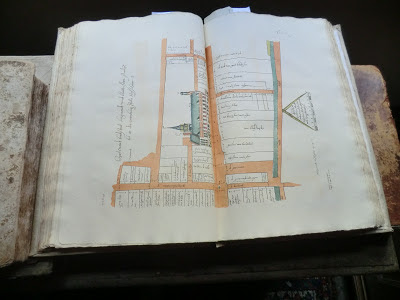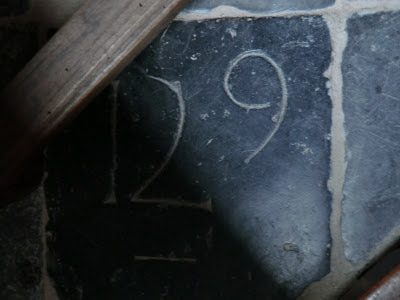Today I visited the
Anne Frank House in Amsterdam, The Netherlands. The museum is next to the actual building where Anne Frank, her family, and four others hid from the Nazis during World War II until their discovery in August of 1944. You can walk through the front house, which was used as a warehouse and offices by Anne's father, Otto, and then through the small door, covered by a bookcase, to enter the secret second house where the eight people lived to avoid transportation to concentration camps. Anne wrote her now famous diary and other stories while in hiding. Some of the actual pages, written in Dutch, are on display. The papers were not seized by the Nazis during the raid and an employee of Anne's father safely kept them and returned them to him. Only Otto survived.
Pictures are not permitted to be taken inside the buildings.
Knowing the fate of Anne and her family, the mood inside was sombre. Rooms contained clips of Anne's writing, telling of the stress of the situation and Anne's fear of being discovered, which we knew became reality.
The rooms of refuge no longer contain furniture, but magazine and newspaper clippings that Anne used to decorate the walls remain. The interior is dim and the windows blacked out to replicate the darkness and seclusion incurred by needing the drapes closed at all times.
The set-up of the house into a front and back amazes me. The rear of the front house has windows that overlook a courtyard. There is really no indication that several more rooms exist in the back of the house, accessible by only a tiny door, easily concealed.
 |
| Me in front of 263 Prinsengracht, Amsterdam |
 |
| Anne Frank Huis |
 |
| Anne wrote about the bells of the church in the background. |
 |
| A memorial for Anne Frank at the church. |
 |
| Another memorial for Anne Frank in her neighborhood, Merwedeplein. |

























